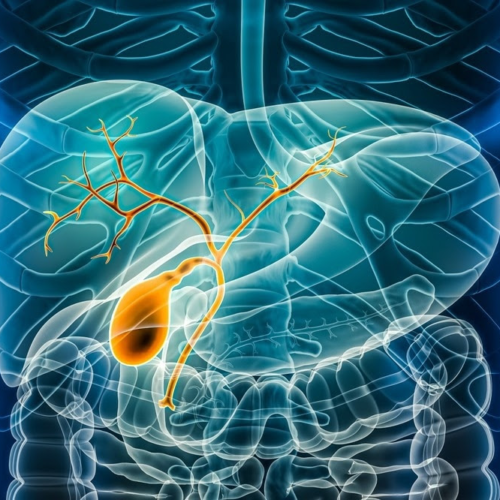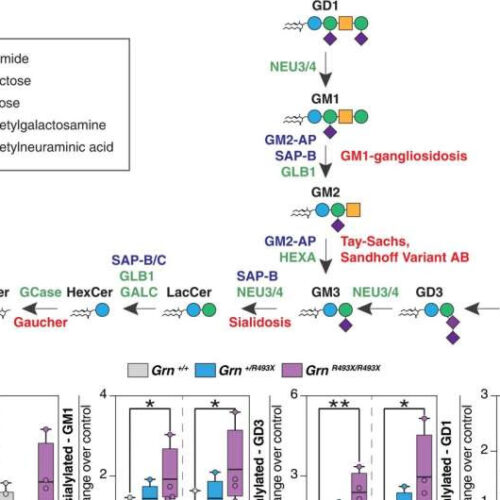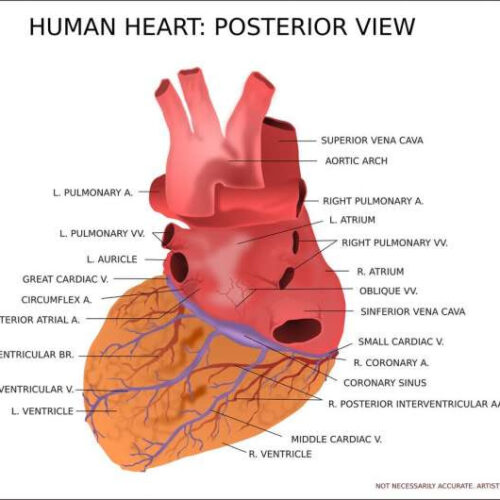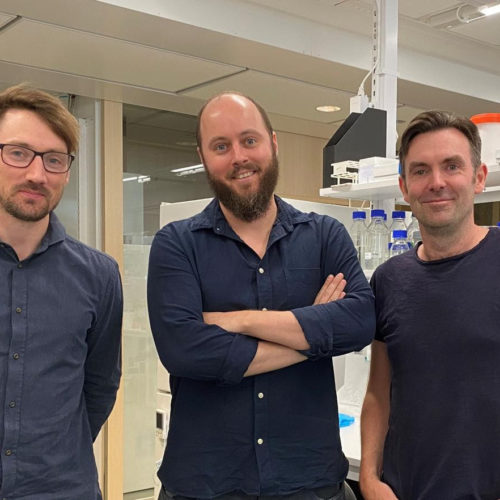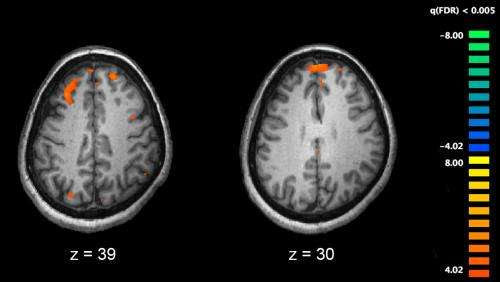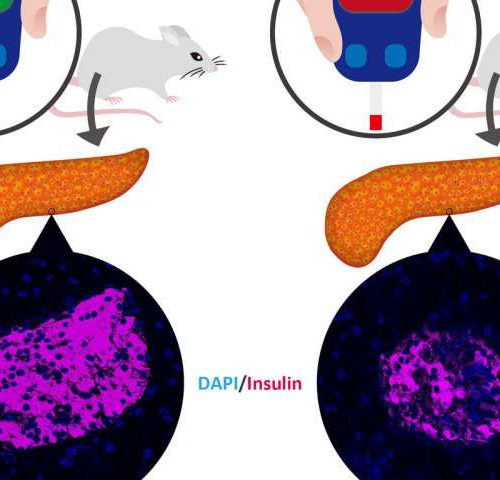By Dr. Priyom Bose, Ph.D.Reviewed by Danielle Ellis, B.Sc. The biliary system comprises extrahepatic bile ducts, intrahepatic bile ducts, and the gallbladder. The intrahepatic and extrahepatic biliary tree is lined with epithelial cells known as cholangiocytes. These epithelial cells are associated with vital physiologic processes that are crucial for normal body functioning. Considering the importance...
Tag: <span>biology</span>
New study sheds light on basic biology of frontotemporal dementia
by Catherine Caruso, Harvard Medical School a Ganglioside degradation pathway in the lysosome. The names of glycosyl hydrolases (green), activator proteins (purple), and associated metabolic diseases (red) are indicated in the scheme. b Quantification of mono-sialyated and di-sialyated ganglioside species isolated from Grn+/+ (gray) (n = 6), Grn+/R493X (blue) (n = 4), and GrnR493X/R493X (purple) (n = 4) mouse brains. c...
New study illuminates the biology of a common heart disorder
by Perelman School of Medicine at the University of Pennsylvania Credit: CC0 Public Domain Researchers at Penn Medicine have made a major advance in understanding the biology of a common, puzzling, and often fatal heart disorder, dilated cardiomyopathy (DCM), which features the enlargement of the heart and a progressive decrease in its function, for reasons...
Study leads to better understanding of blood pressure regulation, atherosclerosis
A new University of Kentucky College of Medicine study provides insight into how a protein called angiotensinogen (AGT) contributes to blood pressure regulation and atherosclerosis. AGT is a member of the renin-angiotensin system, a hormone system in the human body that regulates blood pressure and fluid balance. AGT produces angiotensin II, which regulates blood pressure...
Researchers identify nanobody that may prevent COVID-19 infection
IMAGE: FROM LEFT: LEO HANKE, BEN MURRELL AND GERALD MCINERNEY, RESEARCHERS AT THE DEPARTMENT OF MICROBIOLOGY, TUMOR AND CELL BIOLOGY AT KAROLINSKA INSTITUTET. Researchers at Karolinska Institutet in Sweden have identified a small neutralizing antibody, a so-called nanobody, that has the capacity to block SARS-CoV-2 from entering human cells. The researchers believe this nanobody has...
Schizophrenia: Nurture cannot overcome nature
by Nicole Feldman, University of California, Irvine Functional magnetic resonance imaging (fMRI) and other brain imaging technologies allow for the study of differences in brain activity in people diagnosed with schizophrenia. The image shows two levels of the brain, with areas that were more active in healthy controls than in schizophrenia patients shown in orange,...
Are antivitamins the new antibiotics?
Research team from University of Göttingen develops drug approach against bacterial infections UNIVERSITY OF GÖTTINGEN FIRST AUTHOR DR. RABE VON PAPPENHEIM EXAMINES PROTEIN CRYSTALS OF A BACTERIAL ENZYME THAT WAS “POISONED ” WITH AN ANTIVITAMIN. view more CREDIT: LISA-MARIE FUNK Antibiotics are among the most important discoveries of modern medicine and have saved millions of...
A surprising protein player in diabetes
by Okinawa Institute of Science and Technology A protein that’s common throughout the body plays a key role in regulating glucose levels, says new research conducted in the Cell Signal Unit at the Okinawa Institute of Science and Technology Graduate University (OIST) and Riken Center of Integrative Medical Sciences. Called CNOT3, this protein was found...
Stomach SIDT1 mediates dietary microRNA absorption: ending of the 10-year debate
NANJING UNIVERSITY SCHOOL OF LIFE SCIENCES In a new study published in Cell Research, Chen-Yu Zhang’s group at Nanjing University School of Life Sciences, China, reports that SIDT1 in the mammalian stomach mediates host uptake of dietary and orally administered microRNAs (miRNAs), thus exerting biological functions in the host. In previous studies, Chen-Yu Zhang’s group...
Researchers study brain activity in stages of alertness at the neuronal level
by Okinawa Institute of Science and Technology Visual information detected in the eye, is passed to the visual thalamus – a complex sub-cortical structure that regulates information transmission from the sensory organs to sensory areas of the cortex – and on to the primary visual cortex. Researchers know that layer 6, the deepest cortical layer,...

